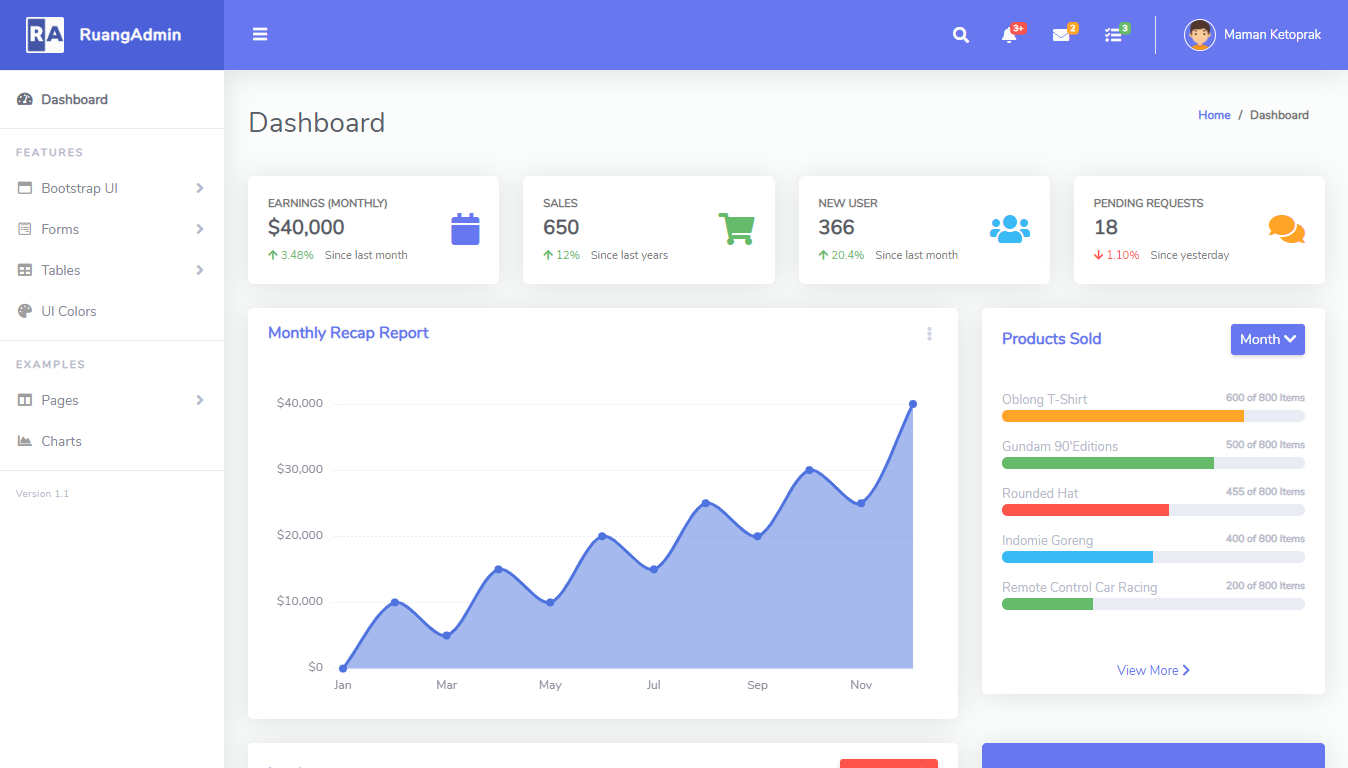Left Join in C# LINQ
By Tan Lee Published on Jan 20, 2025 330
A Left Join in C# LINQ is used to combine two data sources based on a common key, ensuring that every element in the first (left) data source is included in the result set, even if there is no corresponding element in the second (right) data source.
This is commonly used when working with relational data, where one table might not have corresponding records in another table.
How to Use Left Join in LINQ
Here are the steps to perform a left join in LINQ:
- Prepare the Data Sources: Define the two collections or tables to be joined.
- Perform a Group Join: Use the
joinkeyword to create a group join based on a common key. - Handle Missing Matches: Use
DefaultIfEmptyto include items from the left data source even if no matching item exists in the right data source. - Project the Results: Use the
selectkeyword to create a new object or anonymous type with properties from both data sources.
For example: Students and Courses
// Data source: Students and their enrolled course IDs
var students = new[]
{
new { Id = 1, Name = "John", CourseId = 101 },
new { Id = 2, Name = "Emma", CourseId = 102 },
new { Id = 3, Name = "Sam", CourseId = 103 }, // No matching course
new { Id = 4, Name = "Sophia", CourseId = 0 } // No course
};
// Data source: Courses
var courses = new[]
{
new { Id = 101, CourseName = "Mathematics" },
new { Id = 102, CourseName = "Science" }
};
// Perform a Left Join
var leftJoin = from student in students
join course in courses
on student.CourseId equals course.Id into courseGroup
from course in courseGroup.DefaultIfEmpty()
select new
{
student.Name,
CourseName = course?.CourseName ?? "No Course"
};
// Display the results
foreach (var result in leftJoin)
{
Console.WriteLine($"{result.Name} is enrolled in {result.CourseName}");
}In this example:
- Students is the left data source, and Courses is the right data source.
- The
joinkeyword creates a group join based onCourseId. - The
DefaultIfEmptymethod ensures that every student appears in the result, even if they don't have a corresponding course.
Output:
John is enrolled in Mathematics Emma is enrolled in Science Sam is enrolled in No Course Sophia is enrolled in No Course
This approach is efficient and leverages LINQ's readability to perform operations akin to SQL's LEFT JOIN.
- C# LINQ Tutorial
- C# LINQ query and method syntax
- Group by in LINQ
- How to get the index of an element in C# LINQ
- Cannot use a lambda expression as an argument to a dynamically dispatched operation
- How to group by multiple columns using LINQ
- Using LINQ to remove elements from a List<T>
- How to Find XML element by name with XElement in LINQ
Categories
Popular Posts
Structured Data using FoxLearn.JsonLd
Jun 20, 2025
RuangAdmin Template
Nov 13, 2024
Portal HTML Bootstrap
Nov 13, 2024





